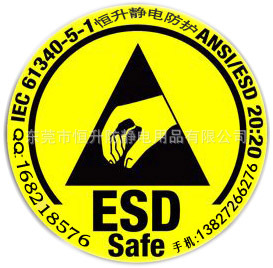 Steady technical development in the electronics and semiconductor industries leads to ever-rising standards for the required materials. The focus of current discussions, among other things, is the problem of electrostatic discharge (ESD = Elektro Static Discharge).
Steady technical development in the electronics and semiconductor industries leads to ever-rising standards for the required materials. The focus of current discussions, among other things, is the problem of electrostatic discharge (ESD = Elektro Static Discharge).
Electric charge is generally caused by dynamic friction between two surfaces (triboelectric).
This results in a loss of electrons for the releasing surface (positive charge) and a gain in electrons for the receiving surface (negative charge).
Triboelectric charge attracts dust particles (i.e. wafer contamination). Uncontrolled static discharge leads printed circuit and component contact degradation. Antistatic materials
stand out through the fact that no static discharge is generated through friction.
Due to the high ESD sensibility of the components, it is imperative that solely materials with properties that prevent exposure are used (please refer to DIN EN Norm 61340-5-1).
Also, increasingly stringent regulations on the number of particles tolerable in clean room environments reduce the choice of materials to dust repellent surfaces, i.e. antistatic and conductive surfaces.
HESION-DC plates are key to the solution to the ESD problem (DC = Dust Clean).
Most plastics are inherently insulating, which causes charge to build up on their surfaces. A common approach to increase plastic conductivity is to blend in conductive fillers. However, these fillers reduce mechanical strength of the plastics, change their color, and make processing more difficult. A solution to these problems is HESION ASA as an anti-static coating.
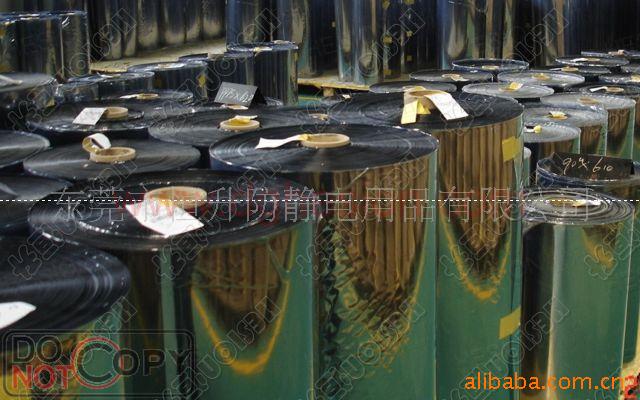

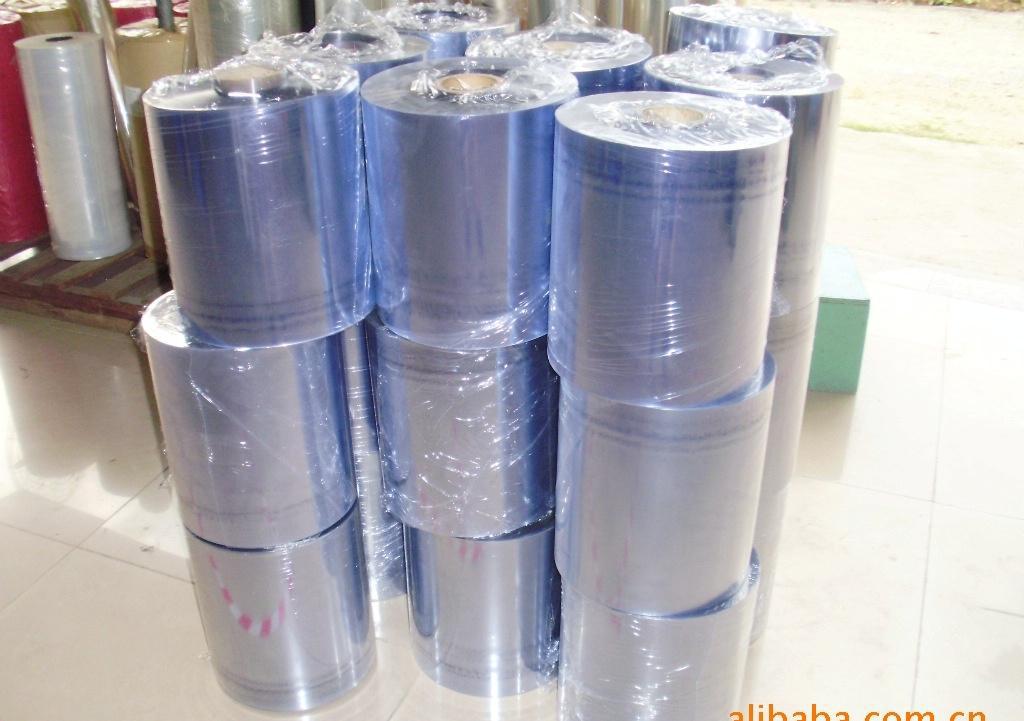
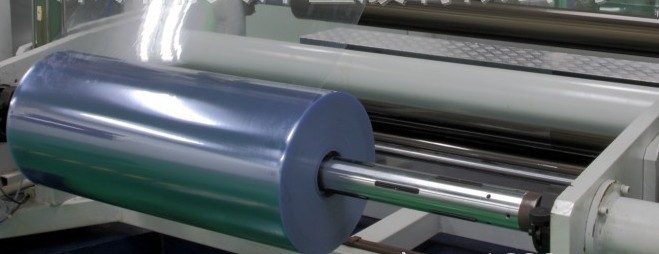
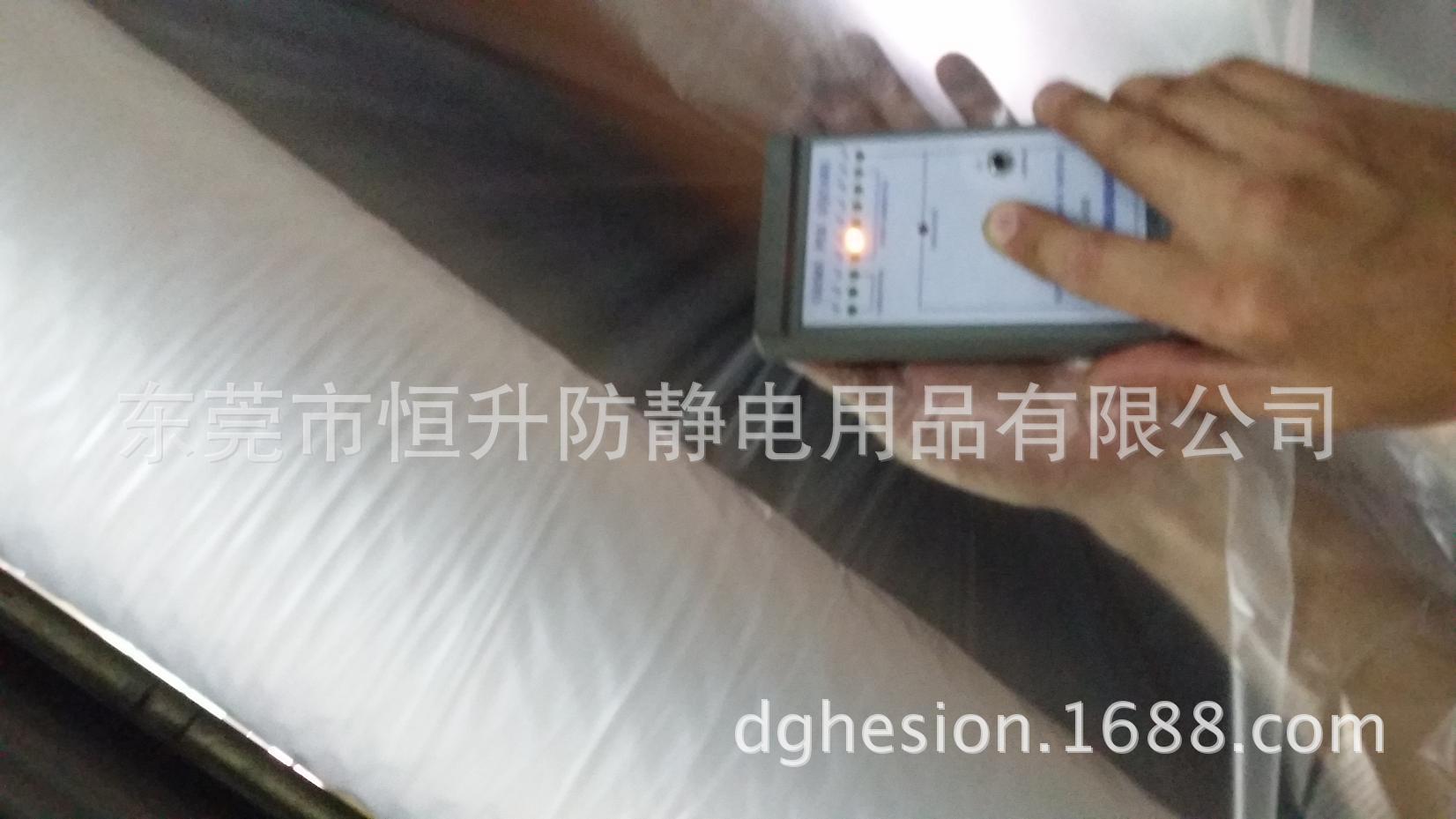
HESION ASA can function as an anti-static or ESD coating with a surface resistance between 103 -1010 Ω/□. These coatings cover a conductivity range suitable for dust control, charge bleeding, and electrostatic painting. HESION ASA is a sufficiently thin coating to not alter the mechanical properties of a part, and will not affect the transparency or color of the substrate. HESION ASA can be applied to a finished part, so it also does not require retooling molds or presses. Plastic sheet stock can also be coated with HESION ASA and then further molded while still retaining conductivity.
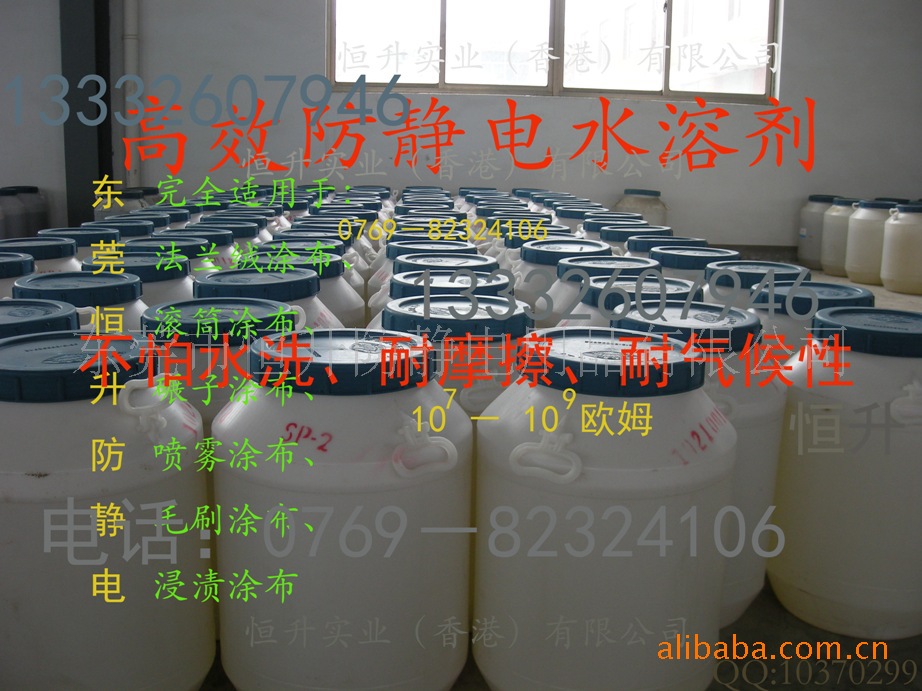
Conductive, ESD, Antistatic Coating HESION-Conductive, HS-1236 ESD, Antistatic Coating
HESION offers many types of coatings for static control. Our anti-static topicals decay static to a zero charge during manufacturing and maintenance and are suitable for all types of materials. Our ESD Safety Shield coatings create a dissipative surface for long-term effects and are primarily used on plastics, films, and equipment parts.
hs-1236 Conductive, ESD, Antistatic Coating Static Dissipative: HS-1236 Conductive / ESD / Antistatic Coating
hs-1236 is a specially coating that can be formulated to act as a Conductive, Electrically Static Dissipative, or Antistatic coating. This coating can either be applied as a backside coating, or it can be over coated with functional coatings such as a release coating, while maintaining its functionality.
Properties
Typical Values
Surface Resistivity
1 x 104 -- 1 x 105 ohms - Conductive
1 x 106 -- 1 x 108 ohms - ESD
1 x 109 -- 1 x 1012 ohms - Antistatic
Compatible Films
Polyolefins
Polyester
The above are not typical values that reflect release performance for a generic acrylic adhesive end use, and are not intended to be used as specifications. For product specifications, please contact us.






